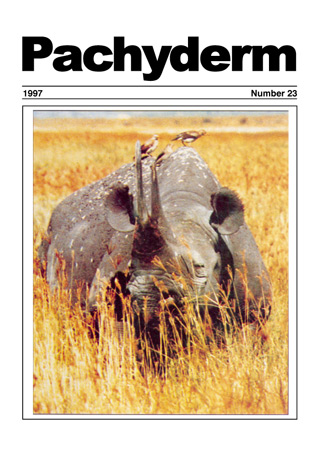Current elephant conservation problems in Borno State, Nigeria
Abstract
Two elephant populations are known to exist in Borno State. One occupies the Bama area in southern agricultural region and migrates between Cameroon and Nigeria elephant range, while the other occupys the Lake Chad Basin and constitutes the migratory populations moving between Chad and Nigeria and Nigeria and the northern tip of Cameroon. In the early 1970s estimated elephant population was 8,060, at present it is estimated to be under 200. The decline is attributed to habitat fragmentation, poaching, and uncontrolled problem elephant control, coupled with a lack of political will and funds to manage the remnant populations. Demand for agricultural land has been largely responsible for habitat fragmentation, and resulting land use conflict has been exacerbated by drought and political instability. Since 1988 when 36 elephant carcasses, with all tusks removed, were found along the Lake Chad shoreline few animals have been seen in this area and the migration from Waza NP in Cameroon to Lake Chad has been intermittent. Human-elephant conflict is increasing, elephant are shot indiscriminately due to lack of both adequate funding for animal control and enforcement of conservation. (Map and text may not be in clear aggreement)
Downloads
Published
How to Cite
Issue
Section
License
Copyright (c) 1997 Bukar Bulama Bita

This work is licensed under a Creative Commons Attribution-NonCommercial 4.0 International License.




